Volvo V90 Recharge is a hybrid with charm, class and calming elegance
Volvo V90 Recharge plug-in hybrid adds eco credentials to the model’s existing design integrity, while the new Concept Recharge takes sustainability further
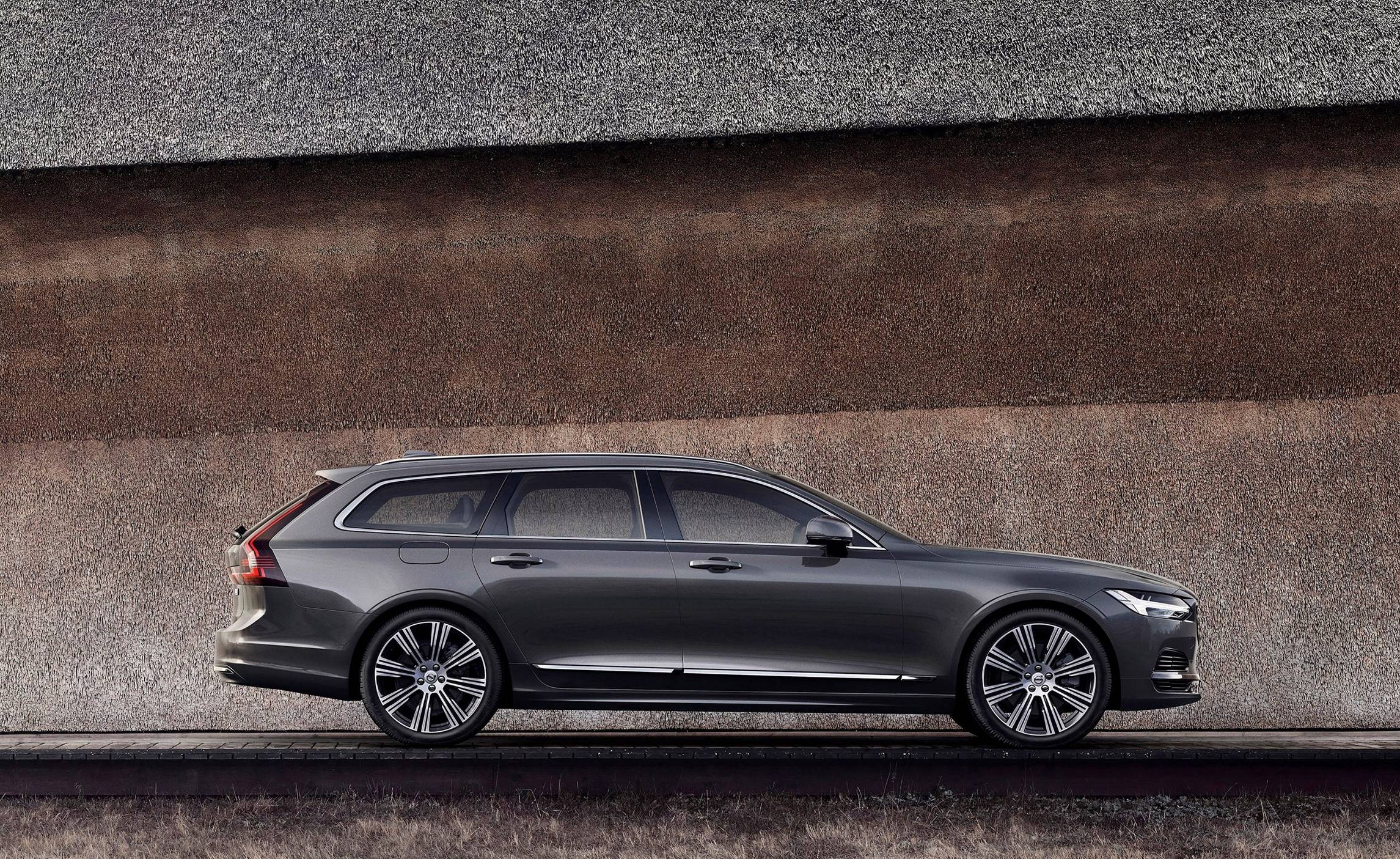
It says a lot for the design integrity of the Volvo V90 that it still looks fresh and modern after five years on the market. With only mild tweaks to the design, the V90 remains the epitome of the graceful modern estate car, just as its sister, the S90, represents the apogee of internally combusted saloon car design.
Penned by a team led by Thomas Ingenlath, shortly before he departed Volvo to become the first CEO of Polestar, Volvo’s spin-off performance EV brand, there’s not a line out of place. Even more impressively, the lines that are there further a convincing heritage that goes back to the very earliest Volvo models.
Volvo V90 Recharge

Volvo V90 Recharge
This is not a retro car, although in the context of the contemporary car market, the estate car format has become rather old-fashioned. The alternative is the ubiquitous SUV, a genre that Volvo does rather well with the XC40, XC60 and XC90. But estate cars – or wagons – are where the company’s heritage lies, so it’s fitting that one of its flagship products remains firmly wedded to the genre.
The V90 (V for Versatile) is now available as a ‘Recharge’ plug-in hybrid model. Despite Polestar’s enthusiastic embrace of electrification, Volvo itself is lagging slightly behind. Right now, the only fully electrified Volvos on the market are the XC40 and the forthcoming C40; the midsize and larger models like S60, V60, XC60, XC90, S90 and V90 are all too old to be efficiently electrified. Instead, the brand has hybridised its fleet.

Volvo's Plug-In Hybrid line-up
Like any plug-in hybrid, the V90 Recharge can be run for short distances on full electric power. The V90 promises nearly 53 miles of electric range. Given the average UK driver does 131 miles per week (the figure is 259 miles per week in the USA), then it’s not impossible for a charger-equipped household to run this car as an EV for the vast majority of the time. Like all hybrids, the Recharge system works best when both kinds of engine work together.
Volvo is seemingly alone in abandoning the unnecessary theatre around performance and ‘sport’ driving, but it’s not missed here. This is a big, comfortable car, with architectural levels of space, and a satisfyingly long-lasting feel to every control and surface. Even the touchscreen is well thought-out and easy to use, despite being a few years off the pace in terms of technology.

V90 interior
Having Google effectively built into the car certainly helps, as the tech giant’s Assistant is far smarter than all the other in-car intelligences put together. However, this approach might alienate diehard fans of certain other mobile operating systems. Safety is also baked into this company’s DNA, although the newest innovations are systems that prevent crashes from happening in the first place, rather than the protection you’re afforded should the worst happen. The latter tends to be taken for granted, while the former demands intensive research and technological know-how. For the driver, this means a forest of sensors, scanning every nook and cranny of your surroundings for errant cyclists or wayward pedestrians. It’s a credit to the engineers that the V90 never lulls you into a false sense of security; these extra eyes work best to supplement your own.
Receive our daily digest of inspiration, escapism and design stories from around the world direct to your inbox.
The V90’s enduring physical qualities translate very nicely into the contemporary image of Scandinavian design and culture, an association the company plays up wherever possible. You can hardly blame it; after slow design, slow food, and slow architecture, Volvo is probably the best example of ‘slow motoring’ there is, not that any other car makers are clamouring to make this association. But you know what we mean; slow is a synonym for sustainable and Volvo has aggressive in-house plans to become a fully circular business by 2040.
Volvo Concept Recharge

Volvo Concept Recharge
An indication of how Volvo’s signature appearance might evolve to meet these objectives is the Concept Recharge, a concept car that represents both future form language and how design can alter a car’s lifetime environmental impact.
Halfway between an SUV and an estate, the Volvo Concept Recharge is kitted out in sustainable materials (including Swedish wool, flax composite, and a new Volvo-invented leather replacement material called Nordico, made from sustainably managed forests in Sweden and Finland). The flax composite also forms some of the body panels, while even the Pirelli tyres are 94 per cent free of fossil fuels.

Volvo Concept Recharge
Concept Recharge also makes a decent fist of streamlining the notoriously boxy SUV profile, with a lower roofline, less aggressive styling, and an aerodynamically efficient chopped tail. The flat floor allows for an expansive interior, so it matches the cavernous Volvos of old, while all the efficiencies help bolster the range and lower the environmental impact.
Volvo has been making cars that last longer and go further for 94 years, helping cement an enviable image of security and reliability. As we zoom into the electric era, slow and steady could still come out ahead.
INFORMATION
Volvo V90 Hybrid, from £57,525, model as tested, £62,750
Jonathan Bell has written for Wallpaper* magazine since 1999, covering everything from architecture and transport design to books, tech and graphic design. He is now the magazine’s Transport and Technology Editor. Jonathan has written and edited 15 books, including Concept Car Design, 21st Century House, and The New Modern House. He is also the host of Wallpaper’s first podcast.
-
 100 George Street is the new kid on the block in fashionable Marylebone
100 George Street is the new kid on the block in fashionable MaryleboneLondon's newest luxury apartment building brings together a sensitive exterior and thoughtful, 21st-century interiors
-
 Experience the cradle of the Renaissance in a new light at Florence’s W hotel
Experience the cradle of the Renaissance in a new light at Florence’s W hotelFlorence’s palazzi, basilicas and baptistries groan with history. But the city’s new W hotel poses an alternative perspective – one that is distinctly modern
-
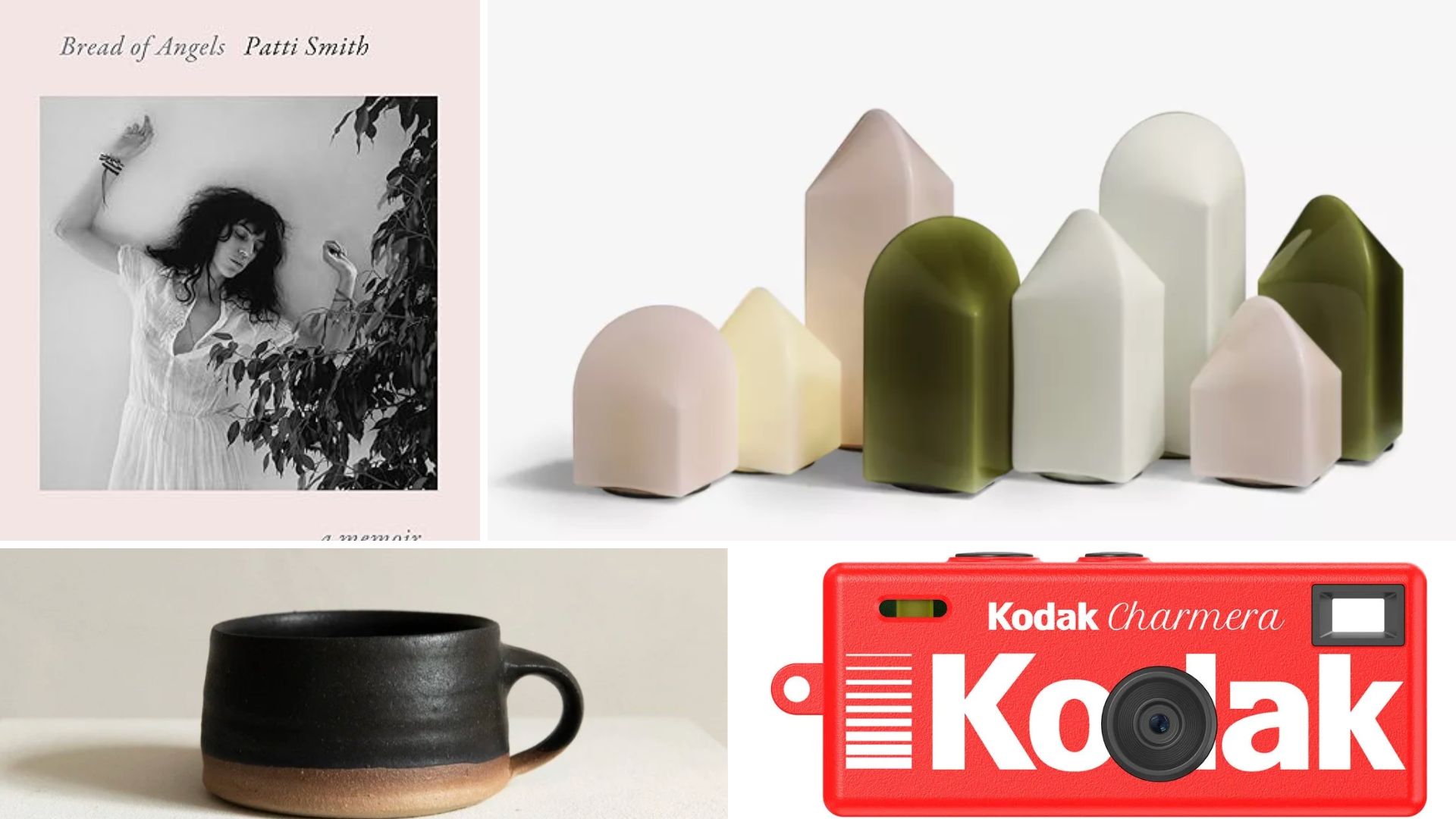 Wallpaper* Gift Guides: What our director of digital content, Charlotte Gunn, has on her wishlist this year
Wallpaper* Gift Guides: What our director of digital content, Charlotte Gunn, has on her wishlist this yearFrom the year's most-anticipated music biography to stacks of vinyl, these goodies will help you unwind and unplug
-
 Around London in sybaritic silence with the majestic all-electric Lunaz Phantom V
Around London in sybaritic silence with the majestic all-electric Lunaz Phantom VClassic electrifier Lunaz has turned its skilled hands to the Rolls-Royce Phantom V. We sample the ultimate in zero-emission luxury on the streets of London
-
 Volvo ES90 brings calm, quiet Scandi sophistication to the electric saloon car market
Volvo ES90 brings calm, quiet Scandi sophistication to the electric saloon car marketThe new Volvo ES90 is one of the few contemporary automobiles that could truly be described as quintessentially modernist. We take it for a ride
-
 Avatr Vision Xpectra concept transforms cars into ‘emotionally intelligent companions’
Avatr Vision Xpectra concept transforms cars into ‘emotionally intelligent companions’Revealed in Munich, electric car maker Avatr’s futuristic Vision Xpectra is a car that is not only beautiful, but a true form of ‘emotive luxury’
-
 Dacia wants to make small cars great again – all hail the new Hipster Concept
Dacia wants to make small cars great again – all hail the new Hipster ConceptThe best way to minimise energy use in all its forms is to downsize. The Dacia Hipster Concept is a smart way of making a practical car way more pint-sized
-
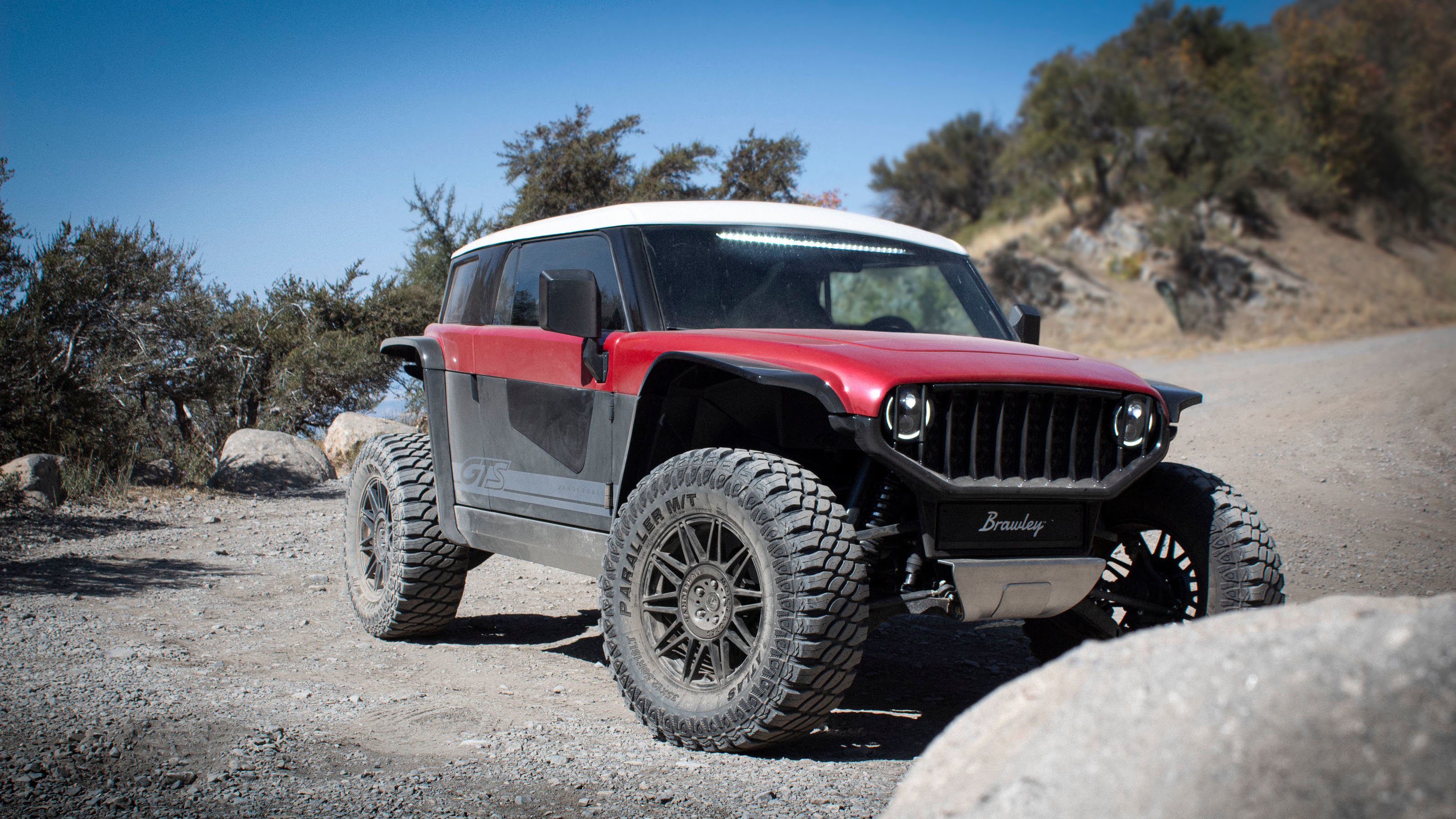 The Vanderhall Brawley GTS is a compact but mighty electric off-roader
The Vanderhall Brawley GTS is a compact but mighty electric off-roaderDeliveries of Vanderhall’s Brawley GTS have started, bringing zero-emission trail driving to enthusiasts across America
-
 The Aemotion is a tilting two-seater designed to zip through city traffic
The Aemotion is a tilting two-seater designed to zip through city trafficAn electric commuting machine, the Aemotion provides swift, safe and enclosed transport for two
-
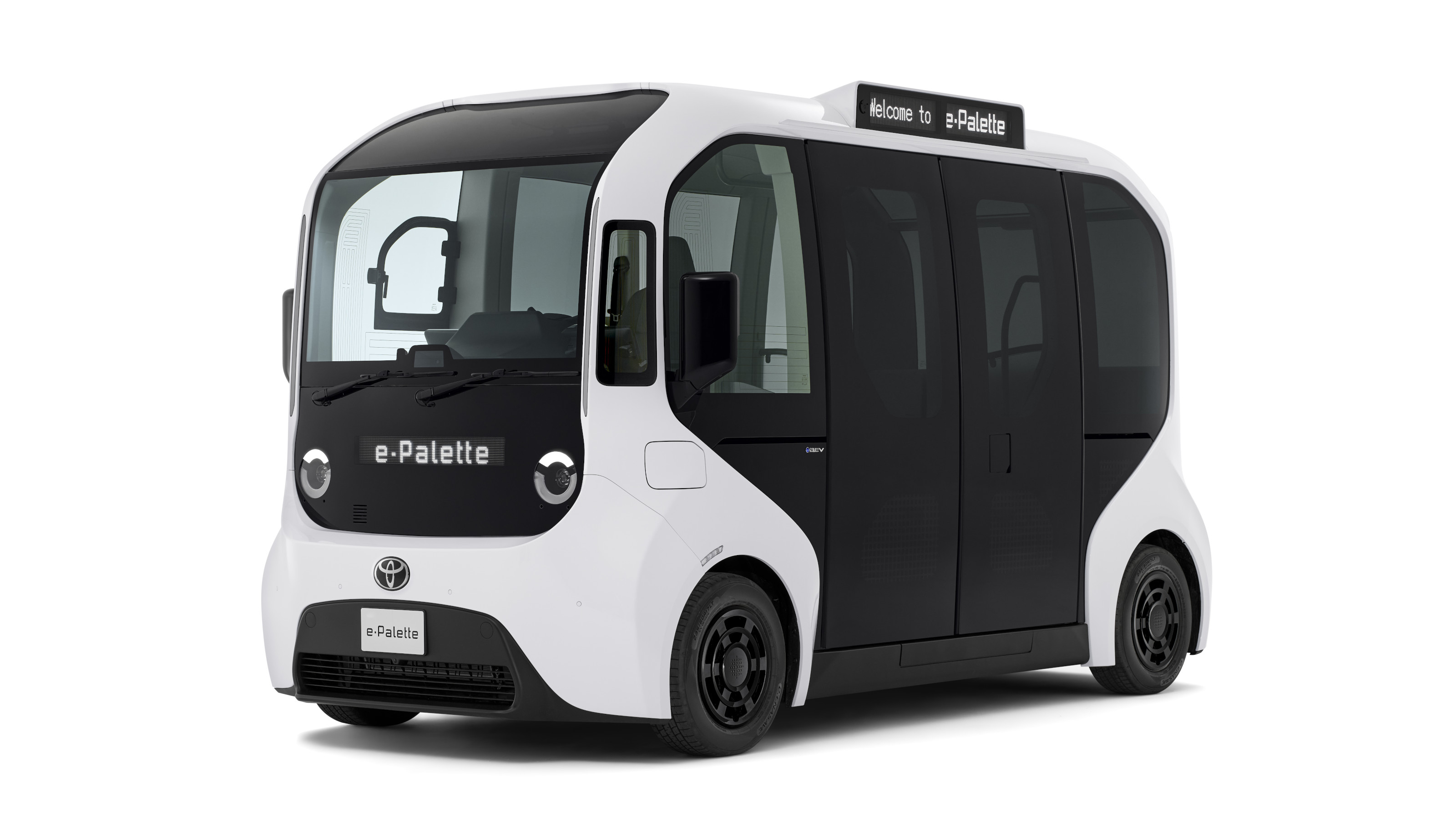 You can now buy Toyota’s robotised micro-bus, with more autonomy coming soon
You can now buy Toyota’s robotised micro-bus, with more autonomy coming soonThe Toyota e-Palette is the urban transport of the future, a multifunctional autonomous vehicle designed to cover several roles in the same day
-
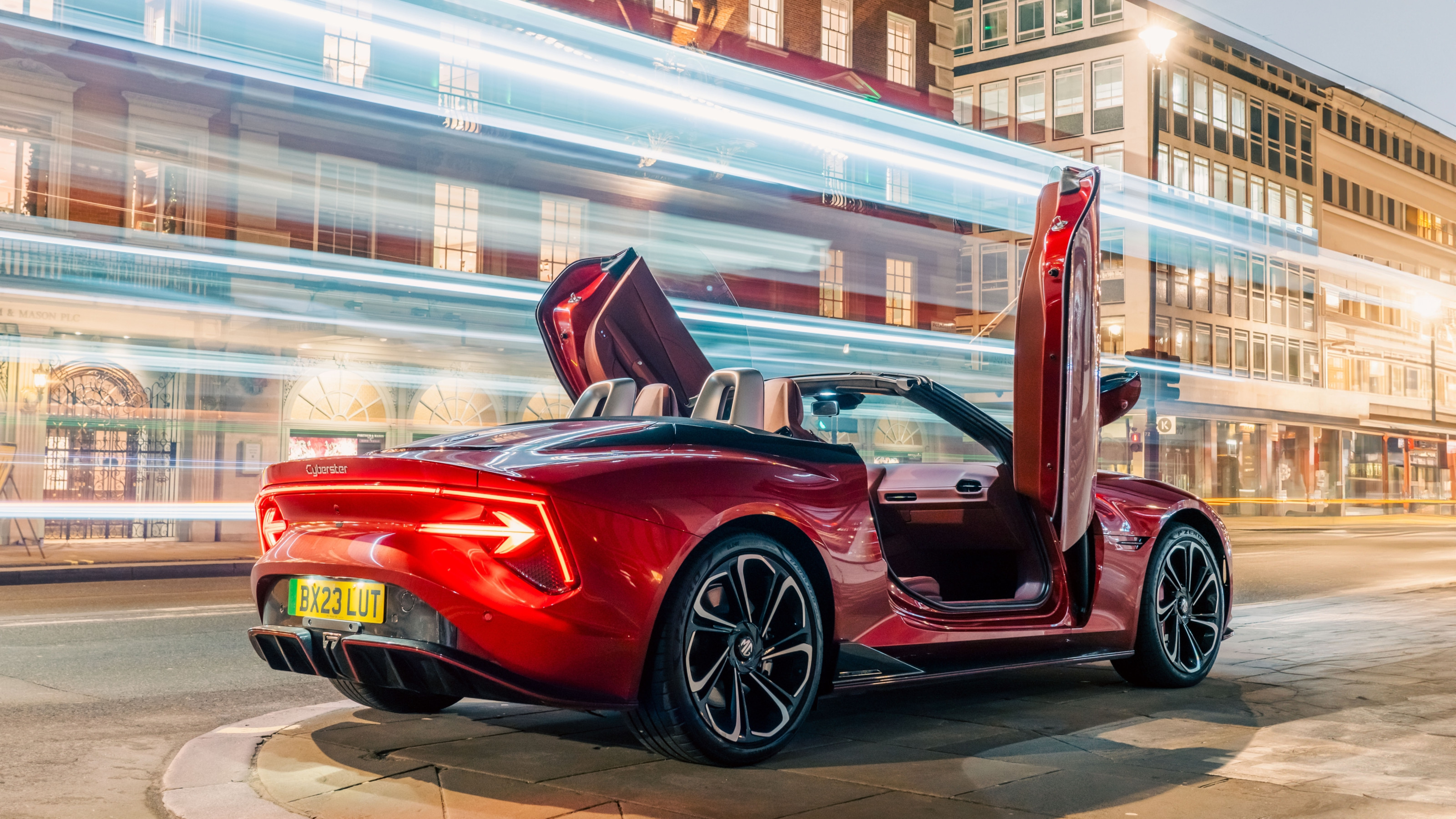 Is the MG Cyberster an electrifying sports car or a hefty grand tourer? In truth, it’s a bit of both
Is the MG Cyberster an electrifying sports car or a hefty grand tourer? In truth, it’s a bit of bothMG returns to its roots, sort of, with a sporting two-seater that electrifies the sector and points to a bolder design future for the Chinese-owned brand